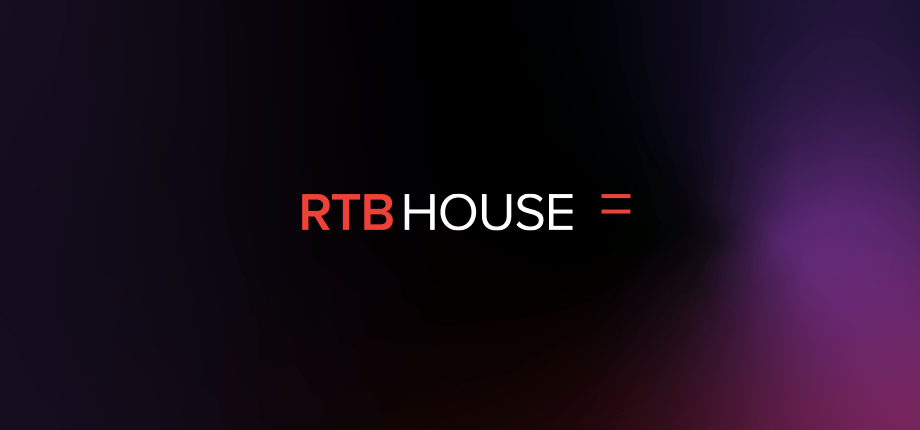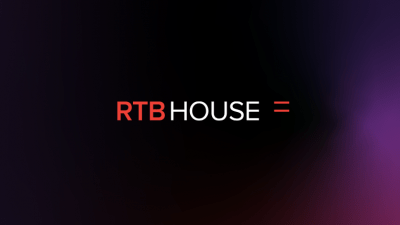Last Updated on: 3rd June 2024, 05:24 pm
The Privacy Sandbox timeline states that in Q3 2024, “Chrome will phase out support for third-party cookies over a two-month period.” Whether or not Q3 2024 is the right time is an important question, but in this blog post, we’d like to focus on the second aspect of the deprecation—the duration of the time over which it reaches 100% of users. We will argue that a two-month timeframe (a “cliff”) is too quick and therefore, dangerous. To maximize the chances of AdTech successfully transitioning to a cookieless world, the deprecation ramp-up should be more prolonged, gradual, and known in advance.
[Note: In April 2024, the full-scale deprecation was further postponed until early 2025].
At RTB House, we have been involved in the development of Privacy Sandbox APIs since the very beginning, our main focus being the Protected Audience API. Our primary goal is to ensure that we continue to offer a valuable, performance-oriented retargeting product in the post-third-party-cookie environment.
To meet this goal, there are two primary challenges. The first is to ensure new technologies are available to address the use cases that have so far relied on third-party cookies. This has been the focus of the Privacy Sandbox initiative so far: over three years of public discussions, research, tests, and development. As the technologies developed are becoming more mature, we are heading towards the second challenge—the transition of the ecosystem to these new technologies.
Ecosystem transition is a difficult challenge because AdTech actors cannot build and optimize their systems in isolation. As we take part in RTB auctions, we need to optimize our algorithms, infrastructure, campaigns, and operations within the broader landscape of other participants. And our behavior, in turn, affects others.
We applaud the decision to deprecate cookies for 1% of Chrome users in Q1 2024. This is an important step on the path to full cookie deprecation. It will allow us to perform more meaningful tests of our Privacy Sandbox-based retargeting product and is a strong signal to the ecosystem that the deprecation is really starting to happen, thus increasing Privacy Sandbox adoption.
However, the results of the 1% test will not allow us to predict what will happen during broader deprecation. If that broader deprecation proceeds too quickly, the subtle ecosystem balance that has been established during the 1% testing would undergo a significant disruption (an “earthquake”) and would have to be rebuilt anew in the new 100% environment. This is why the two-month cliff mentioned in the official timeline is dangerous, especially for small and mid-sized companies, which may not have the resources to weather such a disruption to their operation.
Some examples of the complex net of interdependencies that we will see during the deprecation ramp-up include:
- As the deprecation proceeds beyond 1%, buyers will need to be more careful about spending and will adjust their bidding strategies, which will affect core metrics across publishers, advertisers, and AdTech companies.
- As more buyers inevitably adopt PAAPI, browser-side resource usage will increase, which will require improved resource allocation, and will change the buyers’ exposure to PAAPI auctions.
- Moreover, as more buyers enter the PAAPI auctions, the winning price distribution will also change, compelling buyers to adjust their bidding algorithms.
- As more sellers adopt PAAPI, buyers will see an increased volume of contextual requests and will need to optimize the server-side infrastructure.
- Moreover, campaign, ML, and other optimizations that rely on large amounts of data will have to be tuned on a slice of traffic larger than 1%.
Identifying and addressing such issues is time-consuming. For example, if Privacy Sandbox APIs need to be adjusted or extended—a possibility which cannot be ruled out—the process typically spans several months. This includes identifying the issue, discussing it publicly, agreeing on a solution, implementing the changes in Chrome, deployment to the stable branch, followed by AdTech adoption and testing. Similarly, if an AdTech actor needs to scale up their on-premise data centers due to an unforeseen increase in the volume of requests, securing additional machines could take several months as well. These are just two examples of potential time-consuming processes we may face.
Therefore, to make sure the Privacy Sandbox is successful, in addition to the testing phase, we need a prolonged, gradual transition that will allow the ecosystem to converge to a stable state. Publicly announcing a specific timeline of gradually increasing third-party cookie deprecation would:
- Send an even stronger message to companies still undecided to adopt the Privacy Sandbox.
- Allow all interested companies to plan better.
- Avoid the earthquake effect.
- Give the ecosystem time to address new issues that will inevitably emerge.
Of course, even with a prolonged, gradual deprecation, the success of the Privacy Sandbox is not guaranteed. But, if the Privacy Sandbox is to be successful, gradual deprecation is, in our view, a requirement. Small tests, while important, will not give us the final answer. Quick deprecation is unpredictable.




